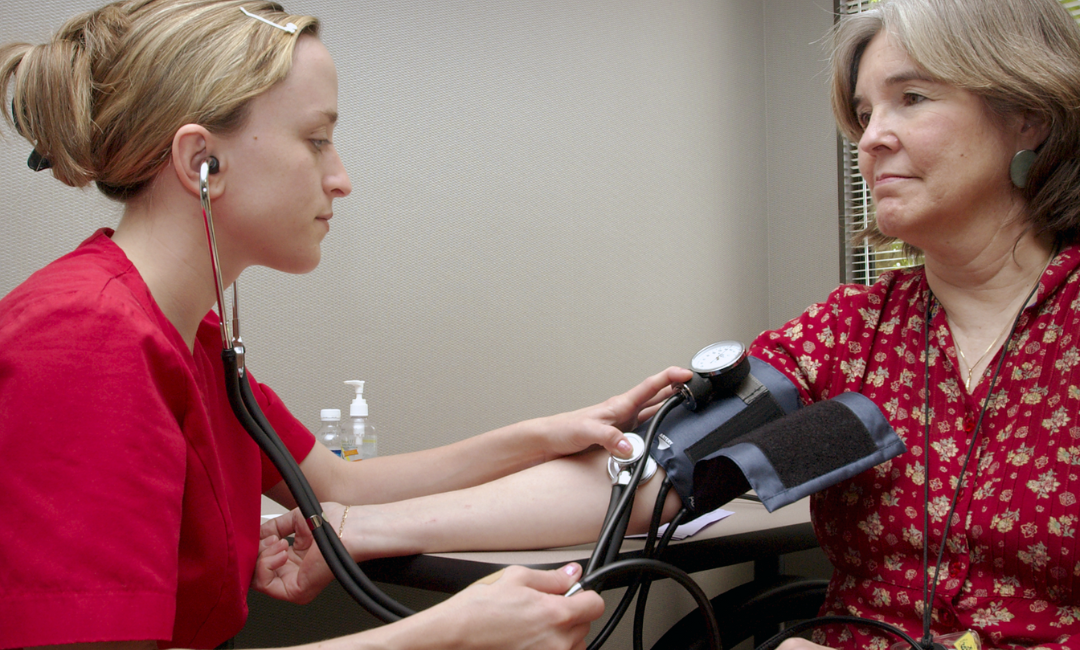Four Types of Nursing Diagnoses
According to NANDA, there are four types of nursing diagnoses:
- Problem-focused
- Risk
- Health promotion
- Syndrome
Problem Focused
Problems noted and present during a nursing assessment are known as a problem-focused diagnosis. Typically, the problems are noted throughout an entire hospital stay of the patient or are noticed consistenly by several nurses caring for the patient. The problem may be resolved fairly quickly based on the nursing and medical care given.
These type of diagnoses are the most common and easiest to identify due to the signs/symptoms present in the patient. A few examples of this type of nursing diagnosis includes:
- Decreased cardiac output
- Impaired gas exchange
- Chronic constipation
Risk Diagnosis
Risk factors or problems require intervention from the nurse and healthcare providers before a real and visible problem develops. Examples of risk nursing diagnoses inlcude:
- Risk for impaired oral mucous membrane integrity
- Risk for imbalanced fluid volume
- Risk for ineffective breathing patterns
These types of diagnoses typically require nursing judgment and clinical reasoning in order to formulate the proper nursing diagnosis.
Health Promotion Diagnosis
Improves the overall well-being of indivduals, families, or communities. Example of health promotion diagnoses inlcude:
- Readiness for enhanced hope
- Readiness for improved family processes
- Sedentary lifestyle
Syndrome Diagnosis
References a cluster of nursing diagnoses that occur in patterns or can be addressed through similar nursing interventions. Examples of syndrome diagnoses include:
- Ineffective peripheral tissue perfusion
- Decreased cardiac output
- Decreased cardiac tissue perfusion











